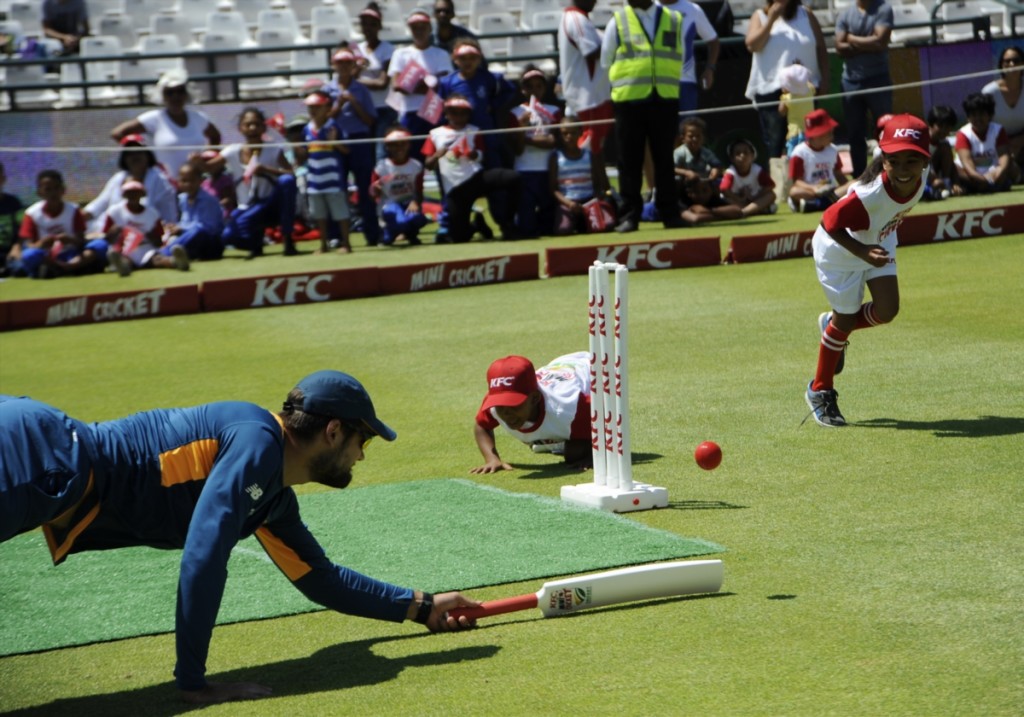The Proteas have slumped to seventh in the Test rankings and their prospects in the other formats aren’t encouraging. Their rehabilitation will require a long-term approach that should include four key features in the structure of South African cricket, writes RYAN VREDE.
The Test rankings were updated two weeks ago and it wasn’t good for the Proteas. They slipped to seventh place, their joint-lowest ranking in Test-ranking history.
If you’ve been following their Test journey in recent years, this shouldn’t surprise you. They’ve lost seven of 11 Test series since December 2019. Nine of those series have been played on home soil, and one of those series was won against a Sri Lanka side crippled by injury.
The Proteas have played less Test cricket than many other teams in the period assessed. This doesn’t mitigate the form that has them trailed by only Sri Lanka, Bangladesh and Zimbabwe. Their T20I and ODI form has not inspired confidence either.
They play the team immediately above them, the West Indies, in a two-Test, five-T20I series starting in a fortnight. And while it is important they win both series, their rehabilitation and future prospects demand a strategic approach that focuses on building a higher-quality feeder system.
It stands to reason that an effeciently functioning cricket structure has massive benefits to the national team. In this context, while we can’t and should not excuse past and future mediocrity, the rebuilding job certainly has a longer-term dimension.
The list that follows is by no means the only things that need to happen, but they are, in my estimation, some of the most important.
Real investment in grassroots cricket
The perception and reality of this could not be more different. I’ve played cricket for a community club and against other community clubs for 30 years, and thus have first-hand insight into this issue. Grassroots cricket in Cape Town is in a dire state. I’ve been told countless stories that confirm a similar state of play in these types of clubs and schools around the country. Cricket South Africa loves to roll out mini cricketers from community clubs and schools at lunch and tea times of Test matches to advance the lie that they are making meaningful progress in this area. The truth is that cricket is dying in these communities, due mostly to a lack of even the most basic things needed grow talented players into the best versions of themselves. Turning elite young talent into highly competent professionals (thereby improving the standard of domestic cricket) happens only if those players are recruited by rich schools and clubs, which means the net is extremely small. There needs to be a comprehensive plan to address this deficiency and that needs to be made public so Cricket South Africa is accountable to the people it is supposed to serve. In practice, this means Sipho in Soweto has an equal opportunity as Simon in Sandton. This would also eliminate the need for quotas. If there is an equal opportunity for all, may the best man play. It is an imposing task, but one that needs a serious execution attempt.
More skilled leadership, less amateur administrators
Cricket South Africa must cast and drive the vision, but its outworking comes from the associations, most of whom’s executive leadership is populated by amateur administrators with self-serving agendas. Cricket administration needs a revolution, one anchored by highly skilled, experienced leadership. Amateur executives have never transformed their region’s fortunes and they never will. Cricket at an international level will continue to suffer if this issue is not remedied. The appointment of a majority independent board at CSA is a step forward. This structure needs to be replicated at association level.
Prioritise building/rebuilding commercial partnerships
These plans need money to execute, but at this point South African cricket is on the brink of financial ruin. The pandemic has contributed to this, but the turmoil at CSA and many of the associations over the last year and a bit has sent commercial partners running. CSA has also been stripped of its funding from government, although that situation should resolve itself soon. CSA is struggling to fill the voids left by the exodus of sponsors. The brand is toxic, so this is understandable. They need to rehabilitate their image, as do those associations who’ve been implicated in financial mismanagement during the aforementioned tumultuous period. The incoming CSA board must prioritise this, and exert pressure on its associations to do the same, with serious consequences for those who neglect this critical task.
Coach the coaches
There needs to be a more comprehensive national coaching plan that involves growing the base of highly skilled and highly qualified coaches. Former players dominate the domestic ranks, many of whom are appointed without the requisite experience, skills or qualifications to be entrusted with the feeder teams to the Proteas. There are those among them who’ve acquitted themselves well, but the overwhelming majority have struggled. Associations must understand that it is in their interests to make substantial investments in their coaches and coaching structures. If the clubs, schools and universities in the region are being coached by highly competent coaches, the quality of player who goes pro will be better. If the head coach at that level is highly competent, the quality of player available to the Proteas improves. Everyone wins.







